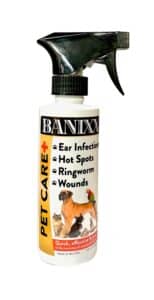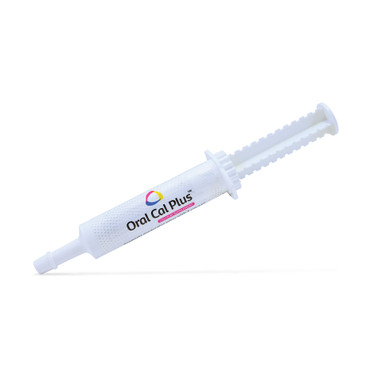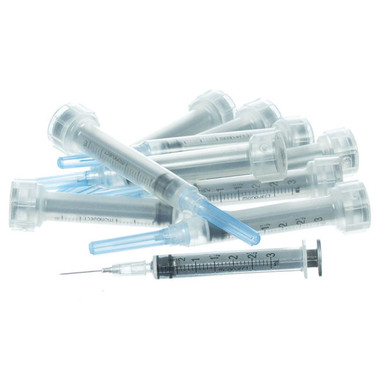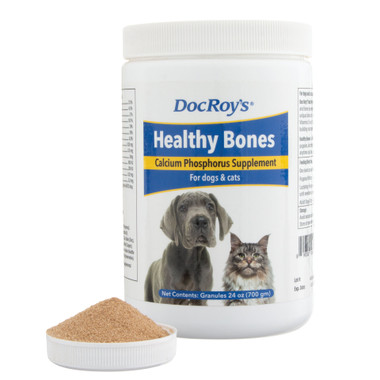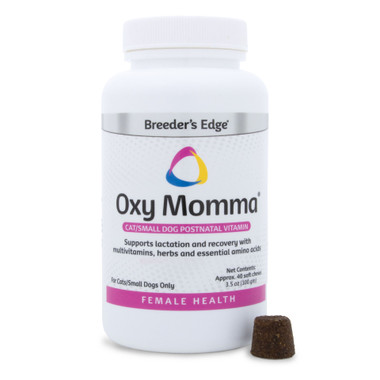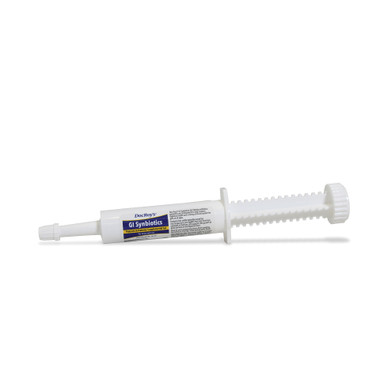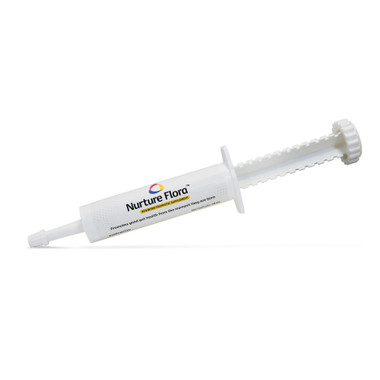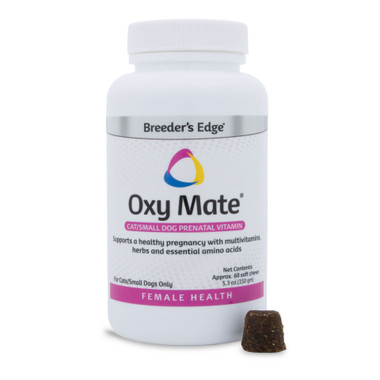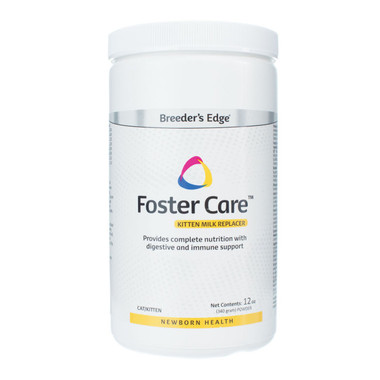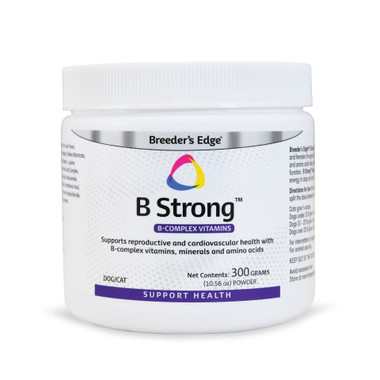Why Do Dogs Nibble on You
Estimated 0 min read
When your dog greets you with gentle nibbles, you might wonder about the meaning behind this peculiar behavior.
While those small nips and gentle mouthing can sometimes perplex dog owners, they actually reveal fascinating insights into canine communication and emotional expression.
From expressing affection to signaling anxiety, your dog’s nibbling behavior communicates important messages about their physical and emotional state. Understanding why dogs nibble helps us better respond to their needs and strengthen our bonds with them.
Facts About Why Dogs Nibble
- Nibbling differs fundamentally from biting through the use of front incisors rather than canine teeth and involves controlled, gentle pressure that rarely causes harm or breaks skin
- Dogs nibble for six distinct reasons: affection, anxiety, breed instinct, teething, attention-seeking, and boredom – each type manifesting with unique body language and intensity levels
- Prevention through early training, consistent routines, and environmental enrichment proves more effective than correcting problematic nibbling behavior after it develops
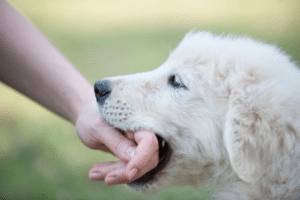
Nibbling or Biting?
What is Dog Nibbling and How Does it Differ from Biting?
Dog nibbling, also known as cobbing, is a distinct behavior that often confuses pet owners but serves important social and communicative functions in canine behavior. Unlike aggressive biting, nibbling involves gentle use of the front teeth, or incisors, rather than the sharp canine teeth. Dogs typically employ this behavior with remarkably controlled pressure, making deliberate use of their sensitive front teeth to perform what amounts to a subtle form of interaction.
When dogs engage in nibbling behavior, they commonly target hands, fingers, ankles, and feet, though some may also mouth at clothing or ears. This selective targeting is notably different from aggressive biting, which can occur anywhere on the body and typically involves the larger, more powerful teeth. The pressure applied during nibbling is characteristically light and rhythmic, creating a corn-on-the-cob eating motion that rarely causes pain or breaks the skin. In contrast, true biting behavior involves more intense pressure that can scratch, bruise, or break skin, and may be accompanied by aggressive body language such as growling, snarling, or lunging.
The nature of nibbling behavior can manifest in several distinct ways, each carrying its own significance. Dogs possess remarkable control over the pressure they apply during nibbling, using their sensitive front incisors to modulate their interaction and convey different intentions through subtle variations in pressure and persistence. Understanding these nuances becomes crucial for interpreting your dog’s behavior and responding appropriately to their needs and intentions.
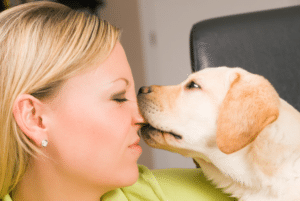
Nibbles of love
Six Reasons Dogs Nibble on You
The reasons behind why dogs nibble reveal fascinating insights into how our canine companions communicate and process their environment. Let’s explore the primary motivations that drive this intriguing behavior in our four-legged friends.
Affection and Bond
The connection between nibbling and affection traces back to dogs’ ancestral roots with grey wolves. When dogs nibble as a display of affection, they’re actually engaging in an instinctive social grooming behavior that wolves use to strengthen pack bonds. This behavior represents a sophisticated form of social bonding that dogs have preserved through their evolution. When your dog gently nibbles you during moments of relaxation, they’re essentially treating you as a valued member of their pack.
Anxiety and Stress
Dogs experiencing anxiety or stress often turn to nibbling as a coping mechanism to release nervous energy and seek comfort. This behavior serves as a self-soothing technique, much like humans might bite their nails when nervous. When dogs encounter unfamiliar environments, loud noises, or negative experiences, nibbling becomes a way to work through their emotional discomfort. The behavior often intensifies during moments of heightened stress, and may be accompanied by other anxiety indicators such as tucked tails, dilated pupils, or pulled-back ears, revealing the deep connection between emotional state and physical behavior.
Breed Differences
The prevalence of nibbling behavior among certain breeds, particularly herding dogs like Australian Shepherds, stems from their historically selected working traits. These breeds were specifically developed to control livestock movement through gentle nipping behaviors, and this deeply ingrained instinct remains active in modern domestic settings. When these dogs exhibit nibbling behavior, especially during active moments or play, they’re essentially expressing their hereditary herding instincts, attempting to direct movement in the same way their ancestors did with livestock.
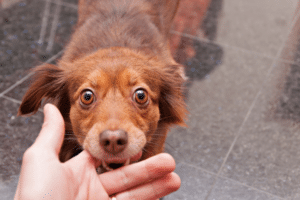
Puppy teething
Teething in Puppies
Puppy nibbling during teething represents a biological response to physical discomfort as their adult teeth emerge. Between six and seven months of age, puppies lose their baby teeth, appropriately called “needle teeth” due to their sharpness, and their permanent teeth begin to emerge. The resulting gum soreness drives puppies to seek relief through gentle nibbling, which helps alleviate the discomfort of this natural developmental process. This particular form of nibbling serves a distinct purpose from other types, focusing specifically on oral comfort rather than social interaction.
Attention-Seeking
Nibbling develops as dogs learn that this behavior effectively captures their owner’s attention. This form of nibbling represents a learned communication strategy, where dogs have discovered that gentle mouthing reliably prompts human interaction. The behavior often emerges when dogs feel they’re not receiving adequate attention and have found that nibbling consistently results in some form of response from their owners, whether it’s positive attention like petting or even negative attention like verbal correction.
Boredom
Dogs that lack sufficient mental and physical stimulation often resort to nibbling as a way to create engagement and relieve monotony. This behavior stems from their need for regular activity and mental challenges, particularly in breeds bred for high energy and intelligence. When dogs don’t receive adequate exercise or mental enrichment, nibbling becomes a self-directed activity to generate stimulation. The behavior often intensifies during periods of inactivity and may be accompanied by other signs of understimulation, such as restlessness or destructive behaviors, indicating the dog’s fundamental need for more engaging activities.
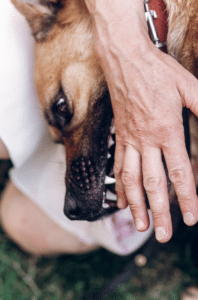
Watch your dog’s body language
When Should You Be Worried About Dog Nibbling
While most nibbling represents natural canine communication, certain patterns can indicate underlying issues that deserve closer attention or professional intervention.
Normal, healthy nibbling involves gentle pressure from the front teeth, accompanied by relaxed body language. During these interactions, dogs maintain soft eyes, loose body postures, readily respond to verbal cues, and naturally adjust pressure if they sense discomfort from their human companion. This self-regulation, known as bite inhibition, represents a crucial element of healthy nibbling behavior.
The first signs that nibbling may be developing into a concern appear in your dog’s body language. Watch for a stiff, horizontal tail position, especially during interactions with new people or animals. If accompanied by a tense body, pulled-back ears, or dilated pupils, these combinations suggest your dog is experiencing stress or anxiety rather than engaging in playful or affectionate behavior.
More serious warning signs emerge when nibbling behavior begins to shift toward aggression. If your dog’s gentle mouthing transforms into more forceful contact, immediate attention is required. Similarly, if nibbling occurs alongside growling, snarling, or lunging, these behaviors indicate escalating aggression. A dog that continues to nibble despite attempts to redirect or stop the behavior also signals a departure from normal play or social interaction.
Schedule a Vet Check
Medical evaluation becomes necessary when nibbling patterns change unexpectedly or become excessive. New nibbling behavior in adult dogs who previously didn’t exhibit this trait, obsessive nibbling focused on specific body areas, or nibbling that coincides with changes in appetite, energy levels, or overall behavior may indicate underlying health issues.
Behavioral specialist intervention also becomes essential if nibbling resists standard training methods or begins to impact daily activities. These experts possess the expertise to create comprehensive behavior modification plans that address both the nibbling behavior and its underlying triggers, helping restore a healthy balance to your dog’s interactions.
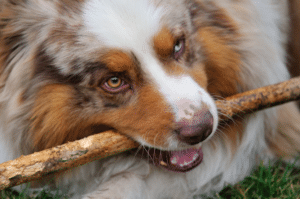
Give your pup something to nibble on other than YOU
How to Prevent Dog Nibbling
Understanding how to prevent dog nibbling starts with recognizing that prevention proves far more effective than correction.
Early training forms the cornerstone of stopping dog nibbling, particularly during puppyhood. When your dog engages in gentle nibbling, immediately redirect their attention to appropriate chew toys, following up with praise and rewards when they transfer their mouthing behavior to these acceptable alternatives. This helps dogs understand which objects are appropriate for oral exploration and which are off-limits.
Establishing a predictable daily routine also plays a vital role in preventing dog nibbling. Dogs thrive on consistency, and a well-structured schedule helps reduce anxiety and boredom – two common triggers for excessive nibbling. Your routine should incorporate regular exercise periods, designated playtimes, and quiet periods for rest. This predictability helps your dog understand when to expect activity and interaction, reducing their likelihood of resorting to nibbling as a way to seek attention or alleviate boredom.
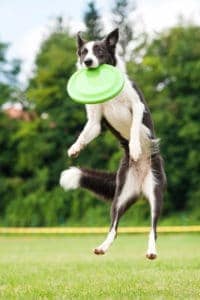
dog catching frisbee to keep nibbling at bay
Dog Toys for enrichment
Environmental enrichment represents a third crucial element in preventing dog nibbling. This includes providing a variety of appropriate chew toys that offer different textures and levels of durability, rotating these items regularly to maintain novelty and interest. Interactive puzzle toys that dispense treats or require problem-solving skills provide mental stimulation, while designated play areas give your dog appropriate spaces for physical activity.
But truly enriched environment extends beyond physical objects to include regular social interactions and training sessions. Regular training sessions, even just five to ten minutes daily, help maintain established boundaries while providing the mental challenges that many dogs, especially working breeds, require to stay content and well-behaved. These sessions can incorporate new commands, tricks, or simply reinforce existing behaviors, ensuring your dog remains engaged and continues to understand appropriate ways to interact with their human family members.
Remember that prevention requires consistency from all family members and regular adaptation as your dog grows and develops. What works during puppyhood may need adjustment as your dog matures, and environmental enrichment should evolve to match your dog’s changing physical and mental capabilities. By maintaining this dynamic approach to prevention, you create an environment that naturally discourages problematic nibbling while supporting your dog’s inherent need for oral exploration and interaction.
Banixx for Dog Lovers
As you continue observing and responding to your dog’s unique communication style, remember that behavioral changes often signal deeper needs or concerns. At Banixx, we’re committed to helping you navigate every aspect of pet parenthood, from understanding common behaviors to maintaining optimal health. Visit our blog regularly for expert insights on dog behavior, health tips, and practical solutions to help your furry friend live their happiest, healthiest life. Together, we can create an environment where your dog thrives through understanding, prevention, and proper care.
Sources
https://pawsafe.com/blogs/dog-behavior/cobbing-dogs
https://www.rover.com/community/question/22998/why-does-my-dog-nibble-me-with-her-front-teeth/
https://www.charlottemetropetgroup.com/post/deciphering-nibbling-or-cobbing-behavior-in-dogs-causes-management-and-well-being
https://pawsafe.com/blogs/dog-behavior/cobbing-dogs?srsltid=AfmBOopdOPYcrmN9MPhI_QuWd7PoK7I44l-ohIiu7-zV47XxFjHJplFE



